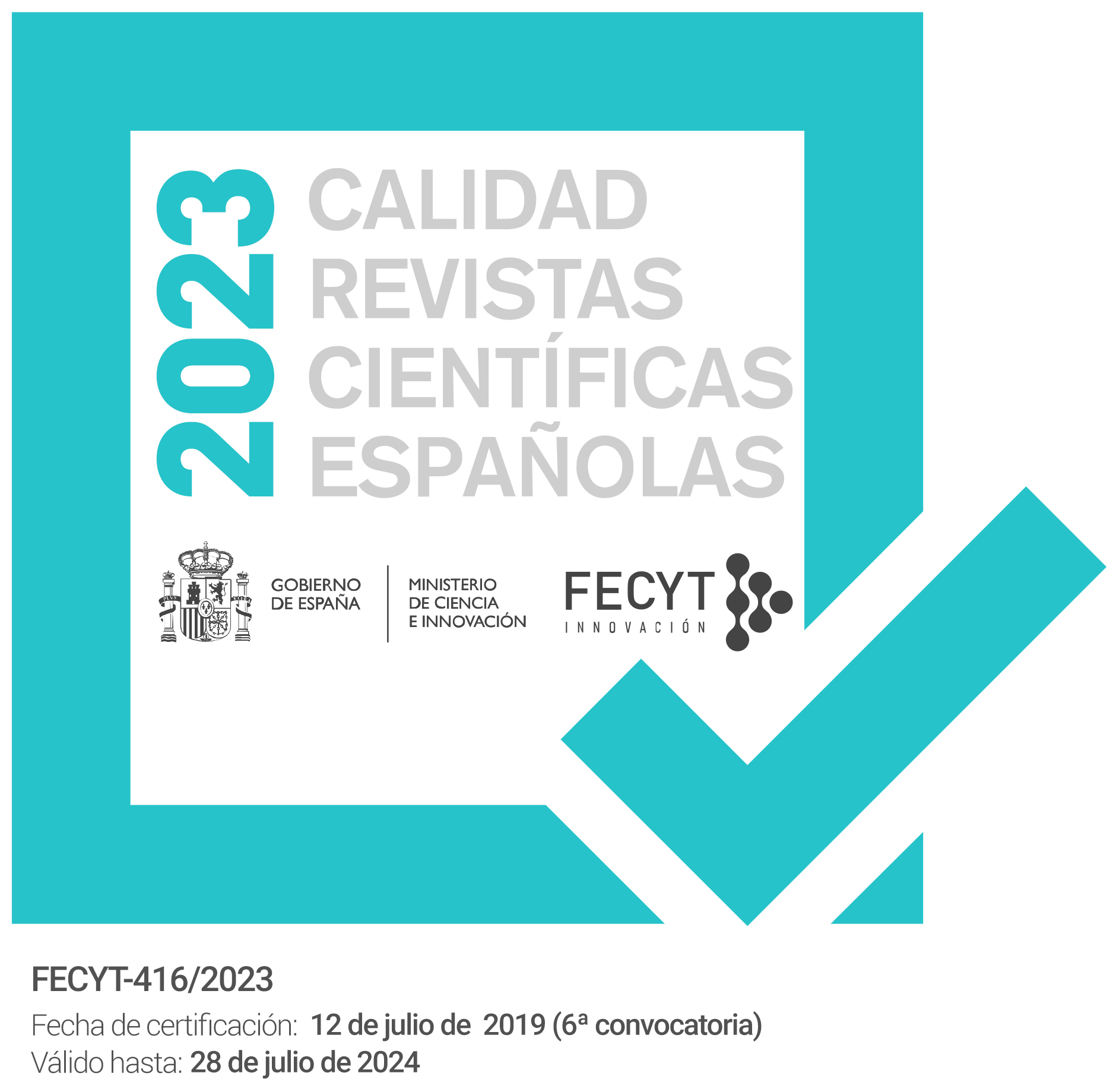El oficio de los neveros en Gran Canaria en el siglo XVIII
Keywords:
pozos de nieve, comercio de la nieve en Canarias, nevería, nevero, recogida y almacenamiento de nieve en Canarias, snow well, pozo de nieve, ice trading in Canary Islands, ice houses, ice storage in Gran CanariaAbstract
A finales del s. XVII el Cabildo Catedral de Canarias, con sede en la capital de Gran Canaria, construyó en la cumbre de la Isla dos pozos de nieve. Allí la recogían y conservaban hasta que era transportada en verano a la ciudad. Las libras de nieve se vendieron en la «nevería» ubicada en la trasera de la Catedral desde 1694 hasta 1866. En este artículo estudiamos el oficio de nevero en Gran Canaria, que había sido olvidado por completo, sus salarios, alimentación y especialidades en el s. XVIII.
At the end of XVIIIth century the Canary Cathedral Chapter, settled in Gran Canaria Island capital, built, up in the mountains, two snow wells. Workers collected the snow and filled the wells until it was transported, in summer time, from the top of the island (1.949 meters) to the city. Snow pounds were sold in the back of the Cathedral from 1694 to 1866. In this article we study the «neveros» job (snow workers) in Gran Canaria, that it had been completely forgotten nowdays, their salaries, food and specialities in XVIIIth century.
Downloads
Downloads
Issue
Section
License
The articles are open access distributed under the terms of the Creative Commons Attribution-NonCommercial-NoDerivatives (CC BY-NC-ND) Spain 4.0 license. Authors who publish in this journal agree with the following terms:
a) Authors retain the copyright and guarantee the journal the right to be the first publication of the work as well as licensed under a Creative Commons Attribution License that allows others to share the work with a recognition of the authorship of the work and the Initial publication in this magazine.
b) Authors may separately establish additional agreements for the non-exclusive distribution of the version of the work published in the journal (for example, place it in an institutional repository or publish it in a book), with recognition of its initial publication in this magazine.
c) Authors are allowed and encouraged to disseminate their work electronically (for example, in institutional repositories or on their own website) before and during the submission process, as it may result in productive exchanges, as well as a earliest and largest citation of published works (See The Effect of Open Access).



